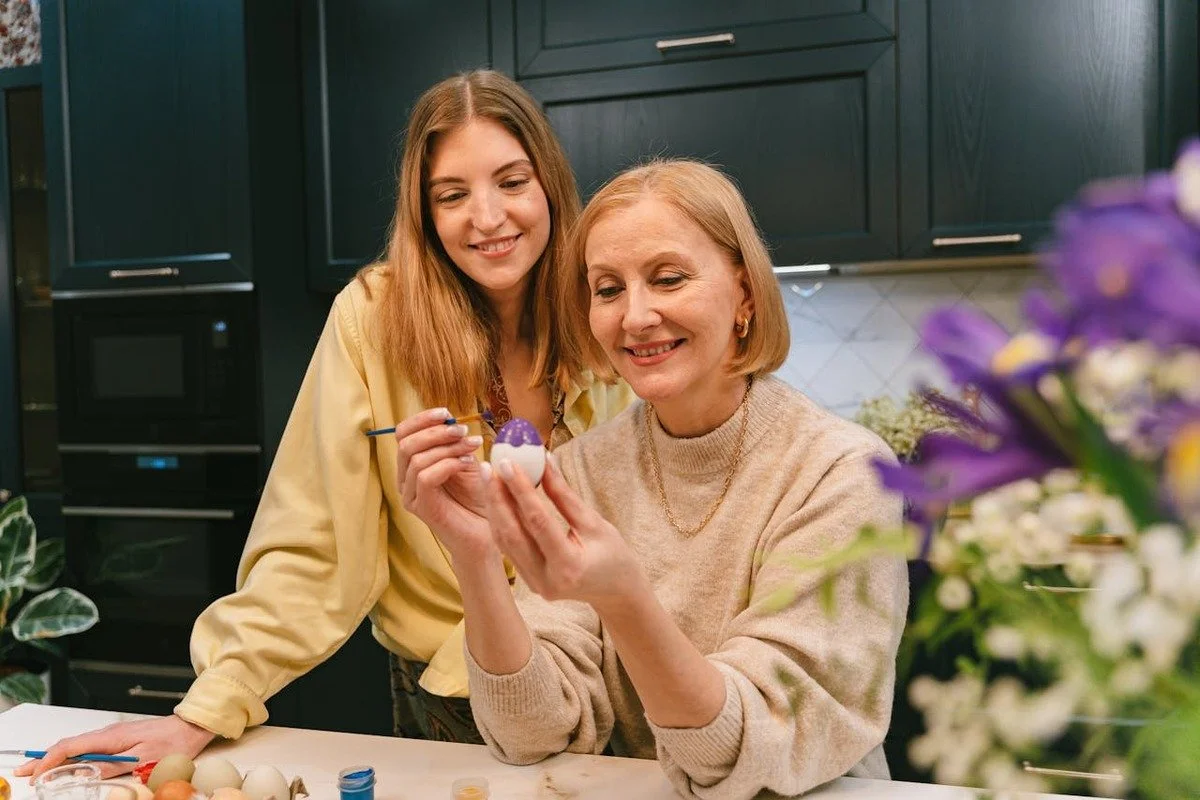10 Sensory-Friendly Activities To Try At Home
Sensory play is an absolute must to have in your autism toolkit. It can help refine motor skills, promote coordination, encourage socialization, and calm an anxious mind. This style of play is highly customizable as well, providing hours of variety and sensory entertainment for you and your teen. Most of these ideas are budget-friendly and come to life with a few simple household items. Keep reading for 10 sensory-friendly activities you can do with your teen, no matter what time of year.
1. Slime Station
Slime is a great sensory-friendly toy to have at your disposal. And – it’s pretty cool! Slime is both satisfying and functional. It can help your teen develop their fine motor skills and de-stress while encouraging them to explore new textures and colors and express their creativity. Discover the endless possibilities by making your own. You can find recipes and inspiration here.
2. Sensory Boxes
Sensory boxes are a popular activity for teens with autism and sensory processing challenges and better yet, the concept is so simple! All you need is a box and a filler. Consider different texture options, color schemes, and sounds that you can include. Items like dried beans and pasta, water beads, feathers, pompoms, and pipe cleaners can all be used in a sensory box. Of course, given the average size of filler options, sensory boxes should only be used with adult supervision.
3. Finger Painting
Finger painting improves fine motor skills and promotes sensory integration. Who doesn’t love the cool, squishy texture and the creative freedom of painting with your hands? If you’re concerned about mess or want to ease into a new texture, try finger painting with latex gloves instead.
4. Shaving Cream
Shaving cream is a fantastic sensory material and it comes with all the benefits of finger painting but offers a different texture to experiment with.. The plush sensation of the foam makes this hands-on activity a perfect way for teens with autism to practice writing and communication as well.
If you’re looking for an edible option, you can try whipped cream instead.
5. Indoor Treasure Hunt
Turn a normal day into a sensory adventure! What’s more fun than a treasure hunt? All you need is a few bins or boxes, some treasure (coins, play figurines, seashells… let your imagination soar!), and something to conceal the location of your loot. Try playing with different textures like shredded paper, sand, or cooked noodles.
6. DIY Stress Ball
Similar to slime, you can make a DIY stress ball at home. Stress balls make excellent fidget tools and can promote relaxation for teens with autism. (Hey, everyone could use a stress ball or two!) Watch a video tutorial here.
7. Make Music Together
We think life is more exciting when you march to the beat of your own drum. With a dash of imagination and a few household items, the musical possibilities are truly endless. Use empty water bottles filled with rice or plastic easter eggs and beads to make sensory-friendly instruments. Who’s ready for band practice?
8. Bake Cookies
Baking is a fun and creative hobby that many individuals with autism enjoy. It’s a great sensory-friendly activity for teens with autism who may not be interested in crafts. Baking requires precision and repetition, skills teens with autism typically excel at. It also promotes fine motor skills and encourages them to work independently. You can even use baking as a method for practicing mathematics skills. Bonus – the smell of fresh cookies is always magical!
9. Blow Paint
Another sensational way to mix up arts & crafts time is to try blow painting. This fun sensory-friendly activity can assist with oral motor development and encourage your teen to experiment with the creative process. All you need is a handful of straws, some non-toxic paint, water, and a canvas. Pro tip: use a shower liner to help cover your workspace and prevent any unwanted mess.
10. Tissue Paper Crafts
Tissue paper offers a unique sensory experience with its crinkly sound, vibrant colors, and light, airy texture. You can create a variety of crafts with this versatile material by cutting out shapes and making mosaics, designing paper plate turtles, or crafting a bouquet of tissue paper flowers with pipe cleaners.
Remember, not every activity is for every teen. Autism exists on a spectrum of abilities and exceptionalities – what interests and stimulates one teen may overwhelm or bore another. Finding the activities that excite and engage your unique teen is a process, but that doesn’t mean it’s impossible. There are hundreds of ways to experiment with sensory play and sensory-friendly activities! Now… where’s that glitter glue?
To learn more about our sensory-friendly campus, or any of PS Academy Arizona’s programs, clubs, and electives, get in touch today.

